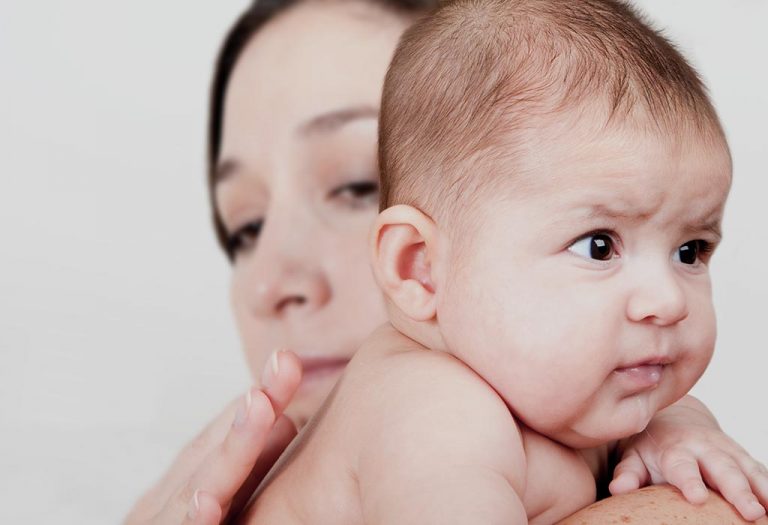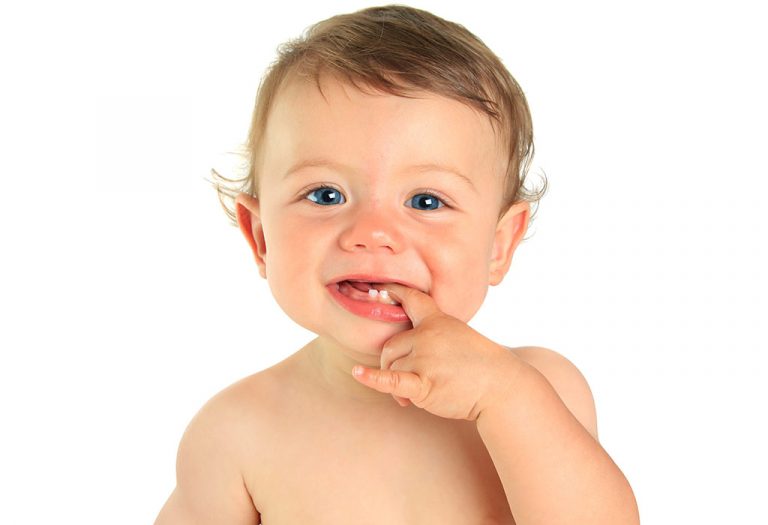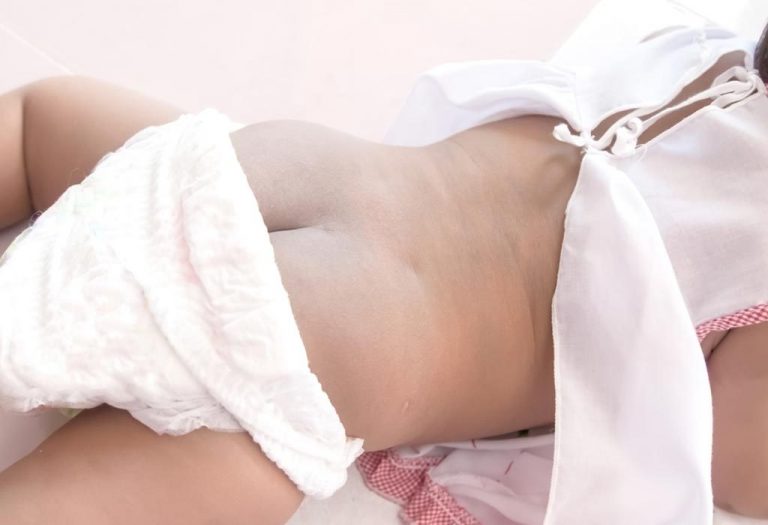Urate Crystals in Baby’s Diaper – Causes and Tips to Prevent It
- What Are Urate Crystals?
- How Common Are They?
- What Causes Urate Crystals in An Infant’s Diaper?
- Are Urate Crystals Harmless?
- How Long Do Urate Crystals Last in Babies?
- What Foods Can Cause Urate Crystals in Babies?
- Few Tips on Keeping Your Baby Hydrated
- When You Should Worry?
- FAQs
When it comes to babies’ health, uncommon instances often lead to a lot of anxiety in parents. In the initial few days, it is essential to pay attention to all kinds of changes in the baby to ensure he is safe. Issues, such as urate crystals in newborn diapers, which appear in a shade of brick or reddish-orange, mostly in diapers, could make the parents hit the panic button. Understanding such occurrences helps alleviate unnecessary worry for new parents. In this article, we shall learn about urate crystals in diapers, the causes and symptoms and what to do in such a situation.
What Are Urate Crystals?
Urate crystals are said to be the end product or the outcome of a normal metabolic process. They are made up of uric acid. Because of the high blood uric acid level, urate crystals are most likely to move across the placenta, and that is how they make an appearance in the urine and excreta. Parents are most likely to observe a pinkish-orange spot in the baby’s diaper in the first two to three days after his birth. The colour might worry some parents, but these are urate crystals or urate acid crystals.
How Common Are They?
Urate crystals in nappy are said to be quite common in newborn babies. In fact, data suggests that as much as 64% of newborn babies might show signs of urate crystals in their urine. However, it is also mentioned that it is not likely to be spotted in their diapers that often. It is said that Urate crystals are most likely to be found in babies who are breastfed.
What Causes Urate Crystals in An Infant’s Diaper?
Urate crystals in an infant’s diaper can be alarming for parents, but understanding their causes can help ease concerns. These crystals, often appearing as brick-red or orange stains, are usually harmless and a natural occurrence in newborns. Here’s a closer look at what causes them:
1. Dehydration
Infants are susceptible to dehydration, especially if breastfeeding isn’t established well early on. According to the National Kidney Foundation, insufficient fluid intake can lead to more concentrated urine, increasing the likelihood of urate crystal formation (1). Newborns also often struggle with temperature regulation, which can affect their hydration levels. Babies who are too warm or too cold may not feed adequately, leading to dehydration and subsequent urate crystal formation.
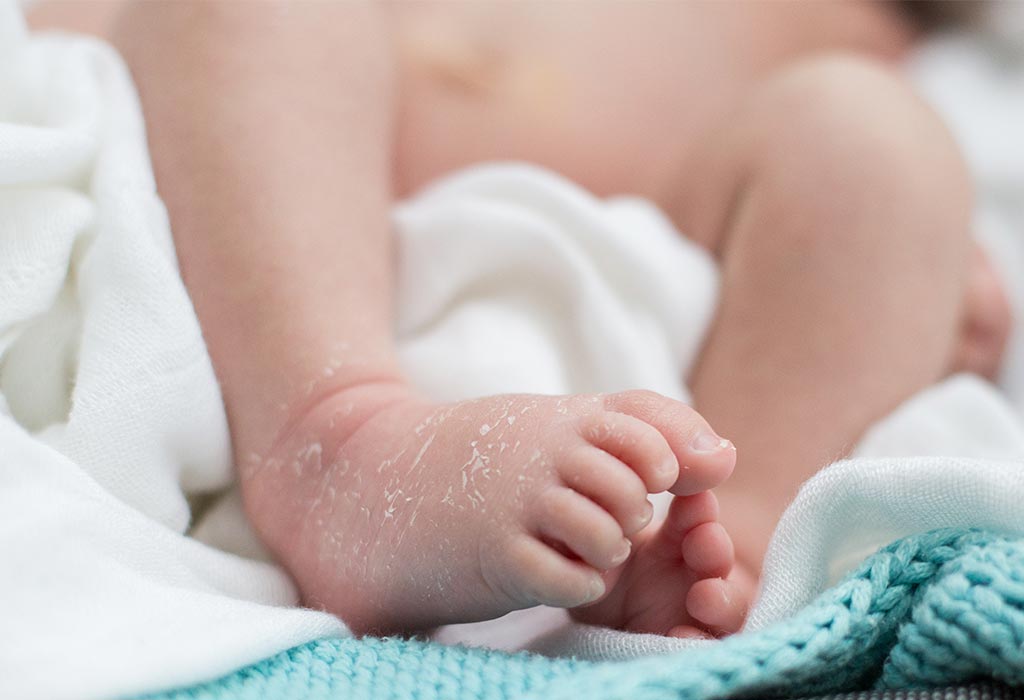
2. Kidney Diseases
Conditions like chronic kidney disease (CKD) can impair kidney function, reducing their ability to filter blood effectively. The Cleveland Clinic states that this can result in the buildup of urate crystals within the kidneys, potentially leading to the formation of kidney stones (2). These crystals may migrate through the urinary tract and be expelled in the urine.
Various forms of kidney disease exist, and infants may be affected by congenital kidney issues, often associated with genetic disorders (3). CKD is a frequent precursor to hyperuricemia, an elevated level of uric acid in the blood, which heightens the likelihood of urate crystals appearing in a baby’s diaper.
3. Medications and Health Conditions
Certain medications can predispose infants to urate crystals. For example, diuretics or medications that affect kidney function can alter urine composition. Additionally, rare metabolic disorders may also contribute to crystal formation. Various other issues and conditions can result in elevated levels of uric acid in the blood and the presence of urate crystals in the urine. These conditions are typically uncommon in infants.
- Diabetes (4)
- Acidosis (excess acid in the blood)
- Chronic illnesses, such as leukaemia
- Hypoparathyroidism
- Maternal illnesses during pregnancy, such as preeclampsia
- Side effects of certain medicines
Several factors may cause these conditions, and various factors may cause these conditions to lead to hyperuricemia. Therefore, do speak to the baby’s healthcare provider if you have any concerns about urate crystals due to illness in babies.
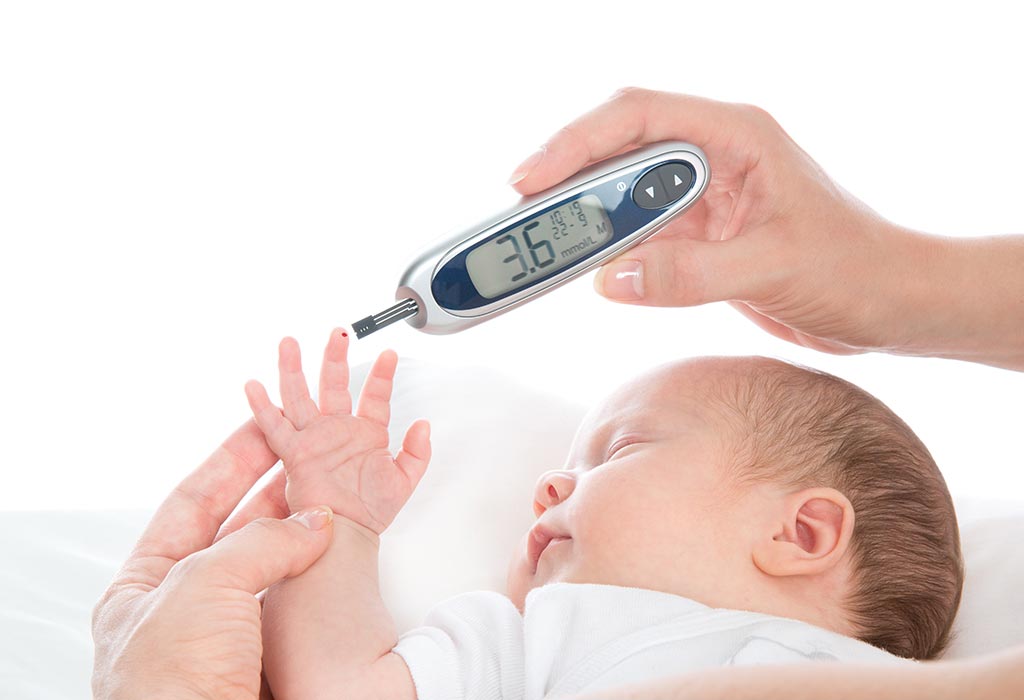
Are Urate Crystals Harmless?
The first three days after you spot these urate crystals in your baby’s diaper are quite harmless. Once parents are informed about this phenomenon and they know what it means, they need not worry too much if it’s just the first three days when their baby’s urine is showing signs. Knowing this information will help avoid panic and unnecessary tests.
However, if it is seen for more than three days, then it is a sign that your baby might be dehydrated or might not be receiving the amount of milk he needs. In that case, it is best to consult your physician right away.
There are some extremely rare cases as well when these urate crystals might persist for more than a week. There might be chances of some serious kidney problems or metabolic disorders like hyperuricemia, which need immediate medical attention.
How Long Do Urate Crystals Last in Babies?
For first-time mums, urate crystals are increasingly worrisome. However, understanding the concept and reason behind its occurrence can help them take the right measures.
This is what parents must remember:
- It occurs mostly in the initial days immediately after the baby’s birth.
- It usually should not last for more than three days. Three days is said to be the normal lifeline of these crystals (5).
- If these crystals persist for more than three days, it is best advised to get a doctor’s consultation done.
- More than three days indicates that the baby is unable to receive sufficient breast milk or is severely dehydrated, which can be harmful and needs immediate consultation.
- There can be various reasons behind urate crystals lasting for more than a week. It might indicate a serious metabolic disorder or kidney dysfunction and require immediate medical attention.
What Foods Can Cause Urate Crystals in Babies?
Urate crystals in babies’ diapers can be concerning, and while they are often harmless, understanding potential dietary causes is important. Certain foods can increase the risk of urate crystal formation due to their high purine content, which breaks down into uric acid. Here are some foods that might contribute to this issue:
- Meat and Organ Meats: Foods like liver, kidney, and other organ meats are high in purines, which can elevate uric acid levels.
- Seafood: Shellfish, sardines, anchovies, and other types of seafood also contain high purine levels, contributing to urate crystal formation.
- Certain Vegetables: Although generally healthy, vegetables like spinach, asparagus, and mushrooms have higher purine contents that might affect uric acid levels.
- Sugary Foods and Beverages: Excessive consumption of sugary foods and drinks, including fruit juices and sodas, can increase uric acid production.
- Legumes: Beans, lentils, and peas are higher in purines compared to other vegetables, which can potentially impact uric acid levels.
Few Tips on Keeping Your Baby Hydrated
Since we have established how important it is to keep your baby hydrated as dehydration is one of the main causes for the occurrence of urate crystals in babies, let us look at a few ways that can help you keep your baby hydrated.
- If you are breastfeeding, feed your baby every 2-3 hours.
- Since for the initial few months – breast milk is the only food that babies can have – make sure to breastfeed them regularly in proper intervals and not deprive them of their needed nutrition.
- Baby formula is also an excellent source of nutrition other than breast milk. Try different formulas to know which suits your baby’s needs and prevent them from spitting up too often.
- Consult a paediatrician to know how much feed your baby should be having, and increase the feeds to ensure your little one is hydrated.
When You Should Worry?
If urate crystals persist in a baby’s diaper for more than three days, especially during the first week of life, it could signal underlying problems such as dehydration. Carefully observing diaper changes during this crucial period allows for early detection of potential issues. Parents can take prompt action and consult a doctor if necessary by paying close attention to the frequency and appearance of urate crystals, ensuring their baby’s well-being. Monitoring the baby’s overall hydration status and feeding patterns is also essential to prevent complications associated with prolonged urate crystal presence.
FAQs
1. Can diet changes in the breastfeeding mother impact urate crystal formation in the baby’s diaper?
Yes, a breastfeeding mother’s diet can influence urate crystal formation in her baby’s diaper. High-purine foods in the mother’s diet, such as red meat, organ meats, and certain fish, can lead to increased uric acid levels in her breast milk, potentially contributing to urate crystal formation in the baby. If urate crystals are persistent, it may be beneficial for the mother to adjust her diet and consult with a healthcare provider or a nutritionist.
2. Is the appearance of urate crystals in a baby’s diaper linked to the baby’s overall kidney health?
The presence of urate crystals in the diaper of a 2-year-old is generally not a direct indicator of overall kidney health in the newborn. In most cases, urate crystals are a normal finding and result from the baby’s immature kidneys adjusting to life outside the womb. However, if the crystals persist or are accompanied by other symptoms such as swelling, poor growth, or changes in urination, it could indicate a potential kidney issue, and further medical evaluation would be necessary.
3. How can I differentiate between urate crystals and blood in my baby’s diaper?
Urate crystals typically appear as brick-red or orange stains in the diaper and may have a sandy texture. Blood, on the other hand, usually presents as a more uniform red or pink discoloration and does not have the granular appearance of urate crystals. If you are unsure whether the stain in your baby’s diaper is from urate crystals or blood, it is important to consult a healthcare provider for a proper diagnosis and peace of mind.
These tips will help you deal with urate crystals in case they occur in your baby. Knowing about the causes, symptoms and tips will help you keep stress at bay, seek appropriate medical attention, and ensure your baby’s health.
References/Resources:
1. Gout and Kidney Disease; National Kidney Foundation; https://www.kidney.org/atoz/content/gout/gout-kidney-disease
2. Uric Acid Stones; Cleveland Clinic; https://my.clevelandclinic.org/health/diseases/16378-uric-acid-stones
3. Kidney Disease in Children; University of Rochester Medical Center; https://www.urmc.rochester.edu/encyclopedia/content.aspx?ContentTypeID=90&ContentID=P03111
4. Neonatal Diabetes; Nationwide Children’s Hospital; https://www.nationwidechildrens.org/conditions/neonatal-diabetes
5. Jeng. J, Franz. W; Orange Stains in a Healthy Neonate’s Diaper (Clinical Pediatrics); Sage Journals; https://journals.sagepub.com/doi/10.1177/0009922814536777; June 2014
6. Amin. R, Eid. L, Edvardsson. V, Fairbanks. L, Moudgil. A; An Unusual Cause of Pink Diaper in An Infant (Pediatric Nephrology); National Library of Medicine; https://www.ncbi.nlm.nih.gov/pmc/articles/PMC4591217/; April 2016
7. Baby poop: color, consistency & sometimes surprises!; Mayo Clinic; https://mcpress.mayoclinic.org/parenting/baby-poop-color-consistency-sometimes-surprises/
Also Read:
Strong Urine Smell in Babies
Abnormal Poos and Wees in Babies
Side Effects of Diapers on Infants
How to Choose the Right Diaper Size for Your Infant?
Cloth Diapers v/s Disposable Diapers: Which Is Better
Was This Article Helpful?
Parenting is a huge responsibility, for you as a caregiver, but also for us as a parenting content platform. We understand that and take our responsibility of creating credible content seriously. FirstCry Parenting articles are written and published only after extensive research using factually sound references to deliver quality content that is accurate, validated by experts, and completely reliable. To understand how we go about creating content that is credible, read our editorial policy here.









